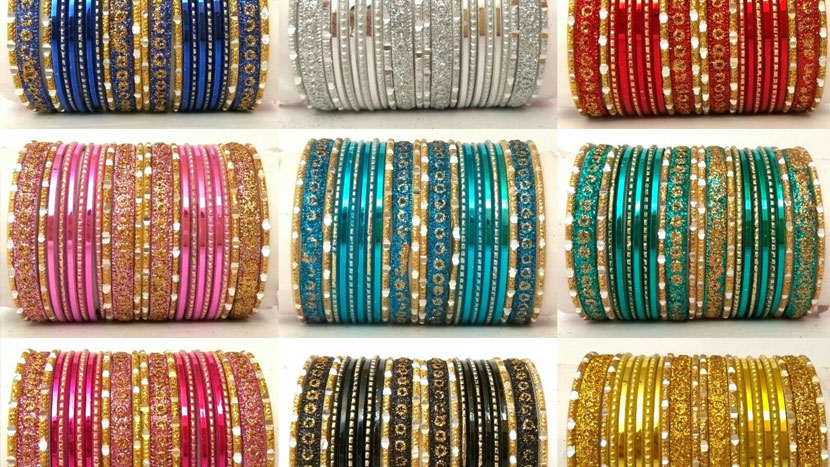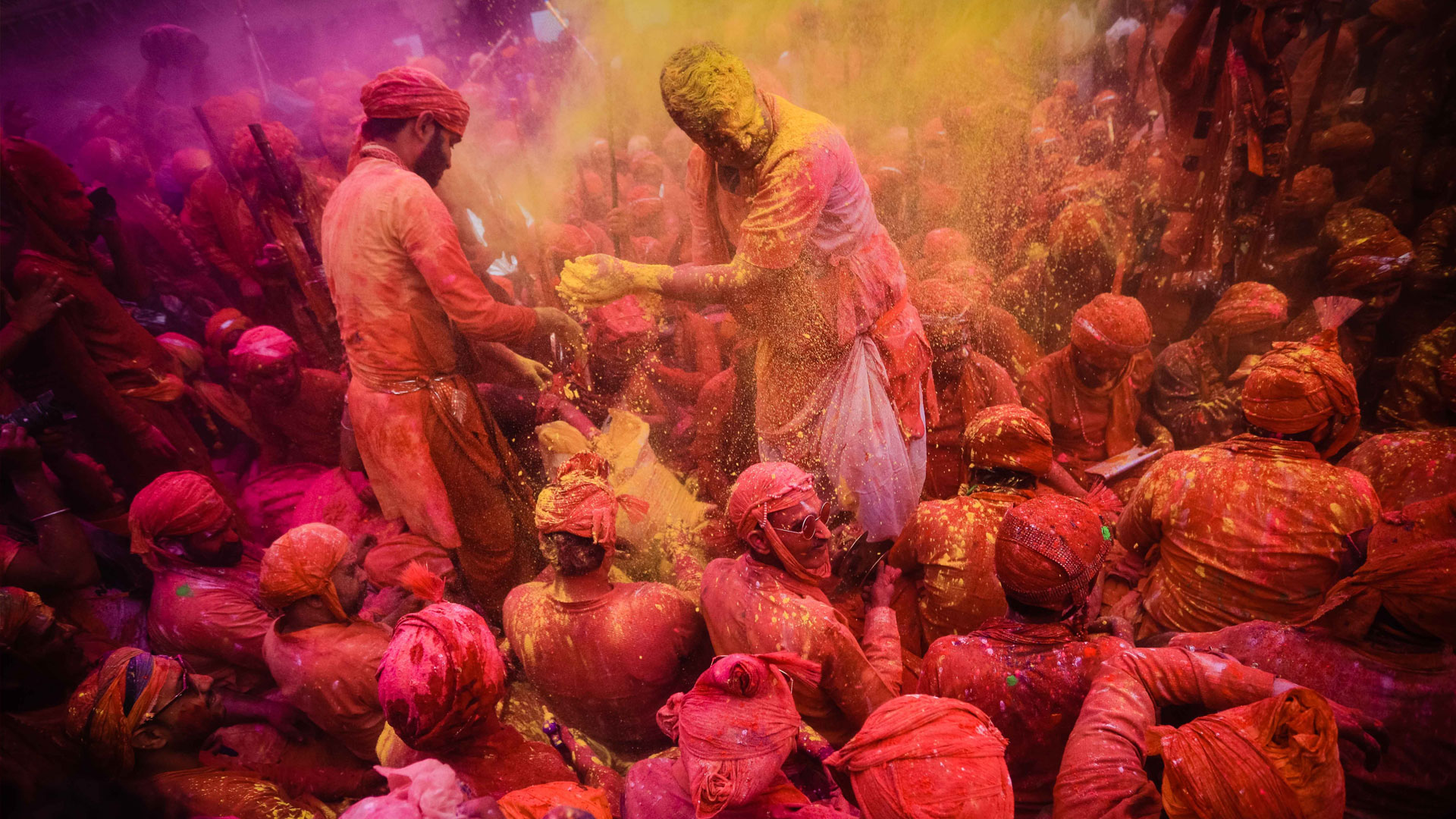Bangles – The Versatile Indian Bracelet

‘Incredible India’ is a befitting tagline to the country, one which varies in culture, tradition, art forms, attire and even ornaments like no other. Today we share with you the story of Indian Bangles which once again provide evidence of a remarkable continuous tradition and culture without parallel in the world.
Derived from the Hindi word ‘bungri’ a thin, often rigid ornament similar to a solid bracelet in Indian culture. The first discovery of bangles is attributed to the Mohenjo-Daro [2600 B.C.] settlements some 5000 years ago and over the years bangles from sea shells or stones to glass have become a significant part of Indian culture and traditions as they are considered a symbol of ‘a complete woman’ or ‘Saubhagya’. They adorn their wrist and are among the sixteen adornments of a bride called “Solah-Shringar”.
Made with a range of materials including gold, glass, ivory and lac, what makes it even more special is that each bangle represents the various cultural art of this vast land and the spiritual meanings attached to it – Red signifies energy and prosperity, while green denotes good luck and fertility. Yellow bangles are meant for happiness, white is for new beginnings and orange is for success. Silver bangles denote strength and gold bangles are the ultimate symbol of fortune and prosperity.
All this gives us knowledge about the advancement of human understanding in ancient times where art and beauty were concerned and how women with their emotional strength and ability to support it by dedication and devotion have made life so beautiful.




